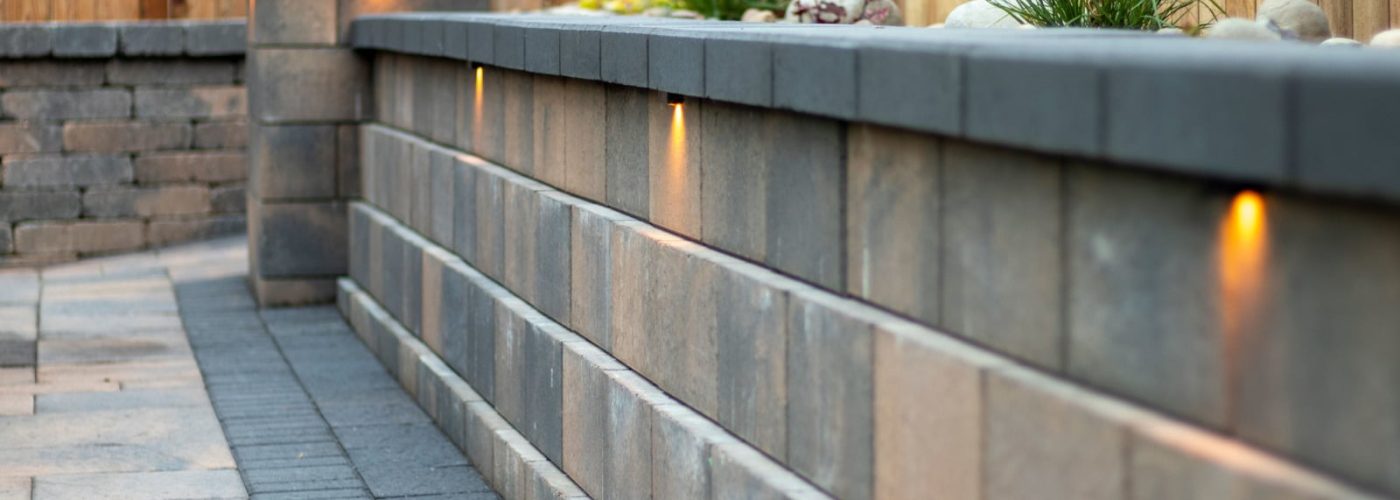A retaining wall is easy to build if you are patient and adhere to safety standards. You just need to plan, study your landscape and determine the most suitable materials to construct your wall. You can use natural stones, timber, bricks, or even concrete, depending on your preference and your landscape’s topography and availability. In addition to materials, you need to be aware of the safety standards to ensure you get a strong wall that will not collapse after a short while. Here are four top types of retaining walls you can build to enhance your landscape.
Gravity Retaining Walls
Gravity retaining walls work towards holding back a mass of soil down a steep slope. The wall has to hold back the horizontal pressure applied by soil on the slope to keep it on top of the resulting plane. You will need to check with your local authorities to ensure that you do not interfere with the natural flow of water on such a slope, as your wall will alter the direction of the water due to its immense size. Officers from your local council can come to inspect your topography and advise you appropriately. They also inform you of buried lines and mark them so that you don’t interfere with them when digging the foundation.
Counterfort Retaining Walls
Counterfort retaining walls are strong walls that help push back sloping soil and stones using thin vertical concrete webs called counterforts. You include these counterforts at the back of the wall to add strength to keep it from bending or collapsing from the force the soil applies to the wall. They also increase the weight of the wall to ensure the soil remains in place. The entire wall comprises reinforced concrete that is pre-casted at a factory and then installed in whole at your site. The heel and the stem slab spread horizontally along the length of the wall reinforcing the counterforts that are placed at regular intervals along the wall.
Semi-Gravity Retaining Walls
Semi-gravity retaining walls contain tension-reinforcing steel that strengthens them without making them as thick as gravity retaining walls. These walls are a blend of cantilever and gravity-retaining structures. The entire mass of the wall resists the lateral pressure of the earth or soil. They are suitable for short slopes with limited lateral pressure. Like all the other walls, you must ensure the drainage is sufficient for the water to flow freely. Water retention could force the wall to bend and eventually collapse.
Cantilever Retaining Walls
Cantilever walls are similar in design to counterfort walls. The difference between the two is in their stem, which is thinner as compared to its counterpart. Due to their thin stems and slightly thin base slab, you use less concrete to build these types of walls. The base of this wall or the heel slab extends to the backfill providing extra pressure to the soil and keeping it in position. The step holds the soil vertically with extra support from the toe and heel slabs.
Building, Design & Construction Magazine | The Choice of Industry Professionals





